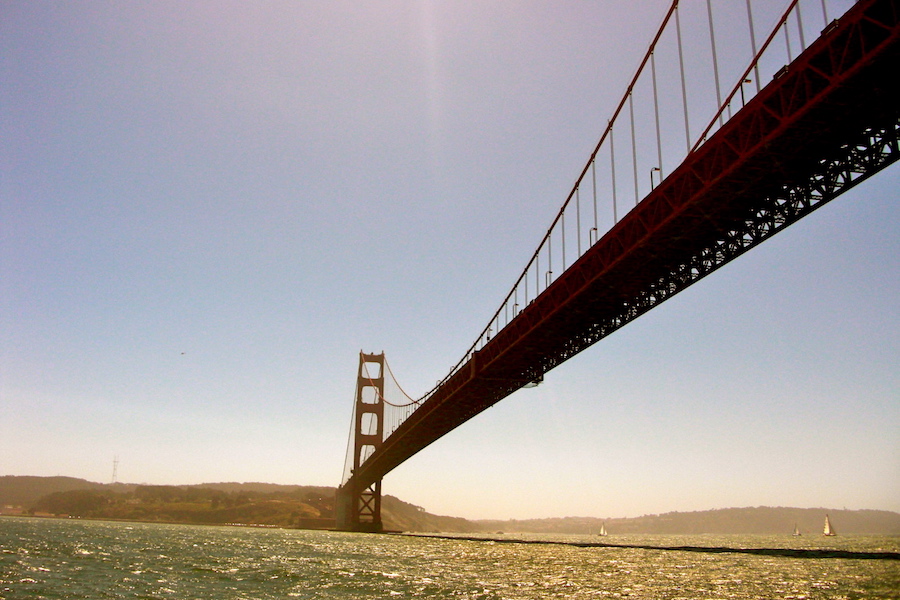
US Fish and Wildlife Service, Bay Area community contribute to wetland, habitat restoration efforts
Under the National Coastal Wetlands Conservation Grant Program, the U.S. Fish and Wildlife Service (USFWS) awarded just over $5 million to fund nine California coastal projects, six of which are located in Northern California.
The federal grants are part of a $20 million award given to 28 projects of more than 10,000 acres of coastal wetlands and habitats to protect, restore or enhance.
State and local governments, private landowners and conservation groups will also provide an additional $20 million to fund the 28 wetland restoration projects.
The California State Coastal Conservancy received money to fund the Integrated Restoration in San Francisco Bay (IRSFB) Project, the South Bay Salt Pond Restoration Project (SBSPRP) and the Eel River Estuary Preserve Enhancement Project (EREPEP). IRSFB received $500,000 and the other projects received $1 million each in grants.
IRSFB will enhance 100 acres of native habitat, protecting shoreline, minimizing erosion and maintaining coastal processes while protecting and improving habitat for fish, birds and other estuarine species. In addition, IRSFB will protect numerous species including fish, endangered birds and special status species.
According to the USFWS, wetlands have been destroyed to make room for urban development and agricultural use, but conservation of wetlands enhances flood protection and water quality. Additionally, wetland conservation protects biodiversity and supports coastal wetland-dependent wildlife.
The California State Coastal Conservancy will also restore historical hydrological linkages, estuarine functions and aquatic and terrestrial habitat conditions to 227.3 acres of wetlands and associated uplands in the Eel River Estuary.
Eel River has experienced a decline in fish population like salmon, steelhead and green sturgeon due to the loss of aquatic habitat. The estuary is a critical habitat for juvenile salmonid species; restoration will restore critical fish passage and nursery habitat.
“The project will restore 1,250 acres of fish and wildlife habitat in the Eel River Estuary Preserve,” said Project Manager Michael Bowen.
The SBSPRP includes three major areas of the South Bay — the Alviso Ponds, Ravenswood Ponds and Eden Landing Ponds.
The grant will be used specifically for pond A1, a small salt pond at the Alviso Ponds. Pond A1 is one of 23 ponds within the Alviso Ponds project, and it will help recover lost biodiversity and ecosystem functions.
“[The grant] will be used to leverage more local and state funding and make a significant difference in improving the vitality of the San Francisco Bay,” said Brenda Buxton, deputy program manager of the San Francisco Bay Conservancy Program.
The main goals of the project include restoring and enhancing a mix of wetland habitats, improving flood management in the South Bay and providing wildlife-oriented public access and recreation.
Upon its completion, the SBSPRP will restore 15,100 acres of tidal wetlands and habitats.
In addition to the funds received from the USFWS, local communities started efforts to raise money for wetland protection and restoration. In the Bay Area, wetlands have been depleted over the years, decreasing from 350,000 acres to about 30,000 acres. The AA initiative was created to gain local support and raise revenue for restoration projects in the Bay Area.
Jeffrey Cardenas, Santa Clara County coordinator for the Yes on AA campaign, explains that although the San Francisco Bay is one of the largest and most influential bays in the nation, it receives less federal funding than east coast bays, which aren’t as big or economically significant.
In June, voters from all nine Bay Area counties will vote on measure AA, which will implement a $12 parcel tax on all residential, commercial and industrial properties in the South Bay to protect and restore the San Francisco Bay and its wetlands.
“It sends a message to the state and federal government about the necessity for [funds] so that hopefully we can get what we should be receiving now […] It’s important that the state and federal governments are able to contribute other funds as well,” Cardenas said.
The San Francisco Bay Restoration Authority will distribute the revenue collected from the parcel tax through grants so that anyone with a restoration proposal can apply to receive funds.
“[Under Measure AA] distribution of money has to happen equitably so that all areas of the Bay Area benefit,” Cardenas said.
If locals approve the measure, it could be the first time in history that a region as large as the Bay Area places a parcel tax to collectively pay for restoration projects.
Written By: CARLA ARANGO – city@theaggie.org



